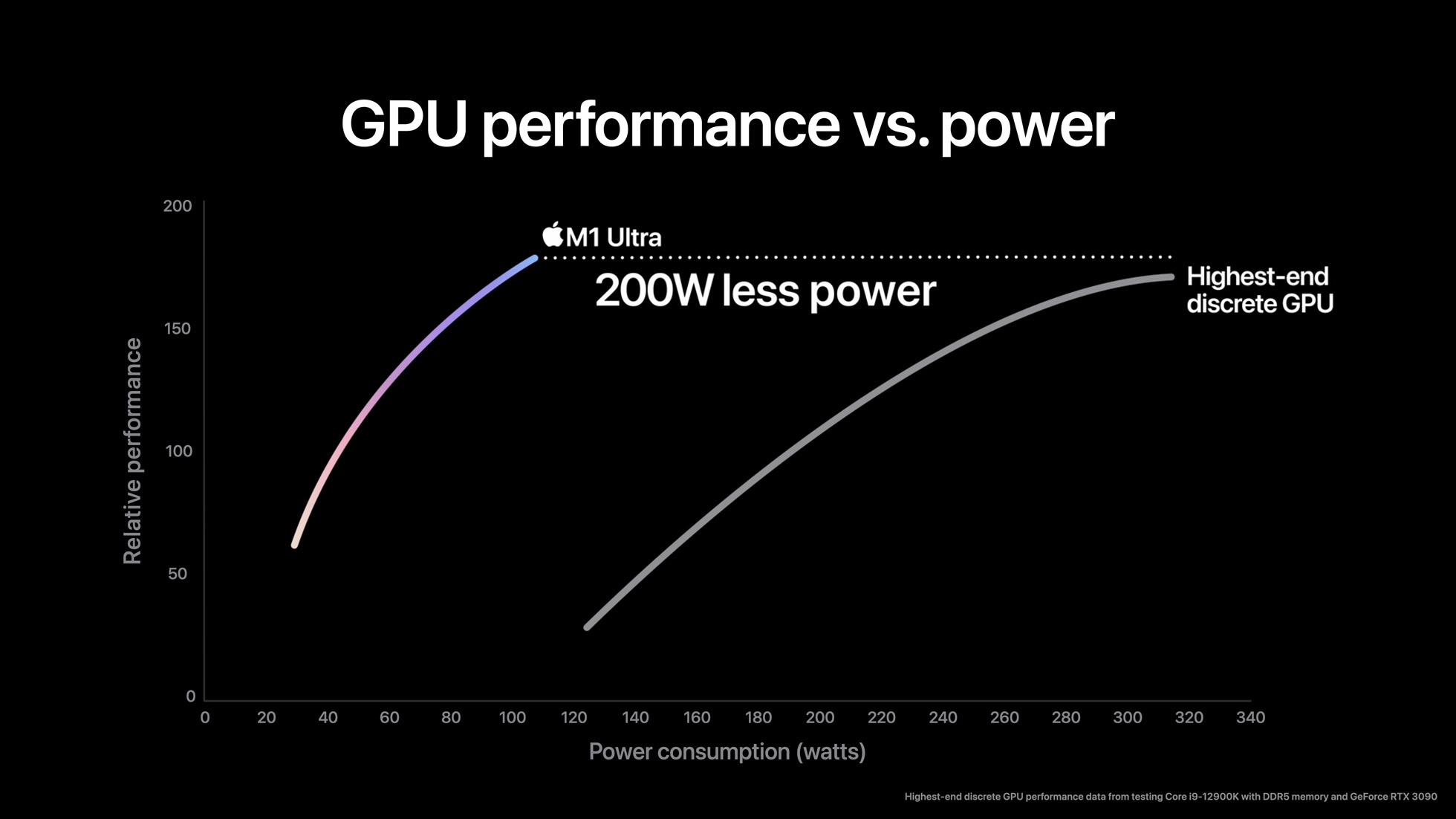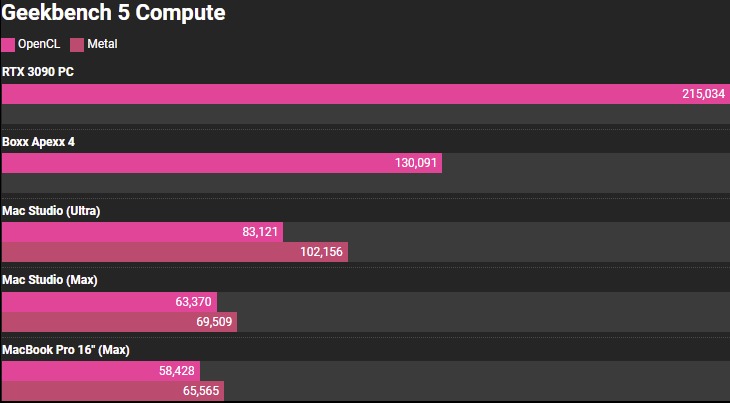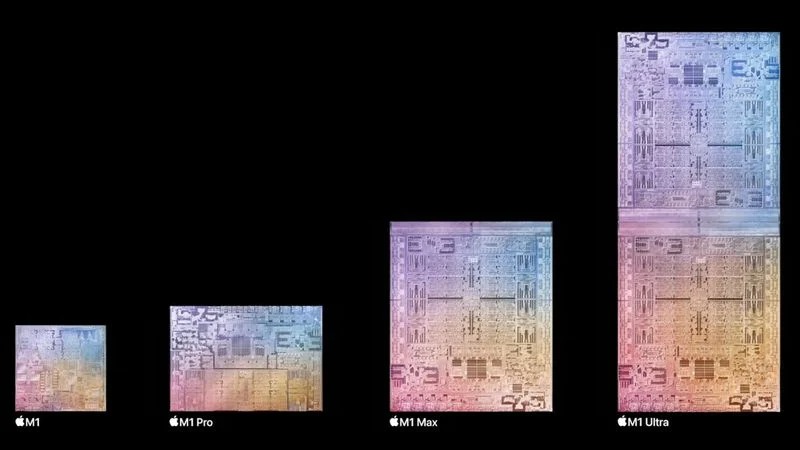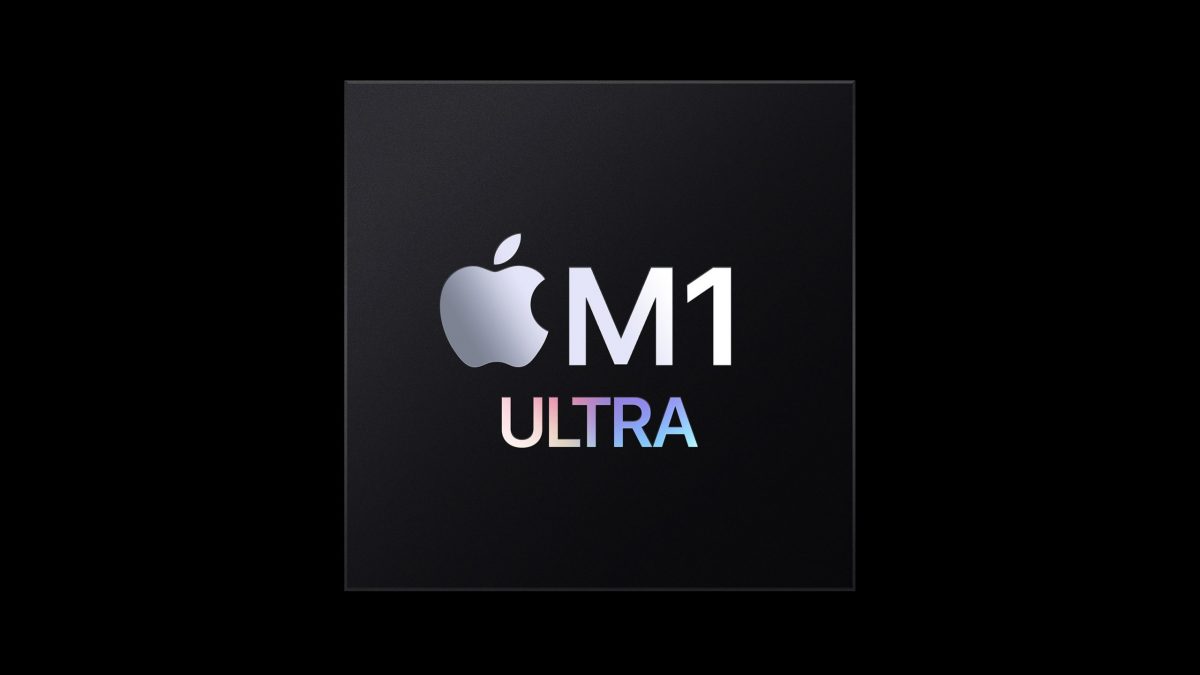Apple M1 Ultra is the most powerful in-house processor yet and the crown jewel of its brand new Mac Studio, with charts comparing it to Intel’s best CPU and Nvidia’s RTX 3090 GPU and stated that it could beat out both on its own. Apple’s recent charts have been infuriatingly labeled “relative performance” on the Y-axis, and Apple doesn’t explain how it arrives at whatever figures it uses to compute “relative performance.”
Apple M1 Ultra vs Nvidia GeForce RTX 3090
Apple claims that the M1 Ultra is a silicon wonder, combining two M1 Max processors for a single chipset that is nothing less than “the world’s most powerful chip for a personal computer.” And if you just looked at Apple’s charts, you might be tempted to believe their boasts. In the chart that was released, the M1 Ultra outperforms the RTX 3090 system in “relative” GPU performance while consuming far less power, which is great.

However, that’s due to the fact that Apple’s chart has been “cut.” The company simply displays head-to-head comparisons between the M1 Ultra and the RTX 3090 in areas where they are competitive, and it’s true: in those situations, the M1 Ultra delivers more value than an RTX 3090. However, what the chart does not show is that while the M1 Ultra’s line essentially stops there, the RTX 3090 has a lot more power it can utilize. You can clearly see this in tests conducted by The Verge:

The Apple M1 Ultra is a stunning piece of silicon: it effortlessly outperforms a nearly $14,000 Mac Pro or Apple’s most powerful laptop. However, as you can see, Apple only provides limited information regarding the competitor it’s chasing; its chart for the 3090 ends at around 320W, whereas Nvidia’s card has a TDP of 350W.
The fact that Apple is able to accomplish so much with such little power is incredible. We’re confident that Apple’s chart is correct in showing that the Apple M1 Ultra does somewhat better than the RTX 3090 in the same comparison at relative power and performance levels. However, it fails to capture the rest of the graph, where the 3090s line would keep going up.
The Apple UltraFusion interconnect technology at work here, in fact, lives up to its billing and delivered almost double the performance of the M1 Max. Apple connected two M1 Max chips together and obtained the performance of twice that of the M1 Max. This has never been done by anyone else. That’s nice, but it pales in comparison to Apple spending time showcasing its best, most-bleeding edge chip defeating out outdated Intel processors from computers that have sat out the last several generations of chip design or fudging charts that set the Apple M1 Ultra up for failure under real-world testing.

It’s expected that Apple’s newest chip can’t compete with the most powerful dedicated GPU on the market. The 3090 is roughly the size of a full Mac Studio and costs just over a third as much as Apple’s most powerful machine.
We can’t help but yearn for Apple to give more attention to accurately demonstrating to customers the M1 Ultra’s real strengths, and advantages rather than creating tables that represent half of the truth. We hope that you enjoyed our comparison and it will help you make an informed decision about purchasing a new device in the future.





